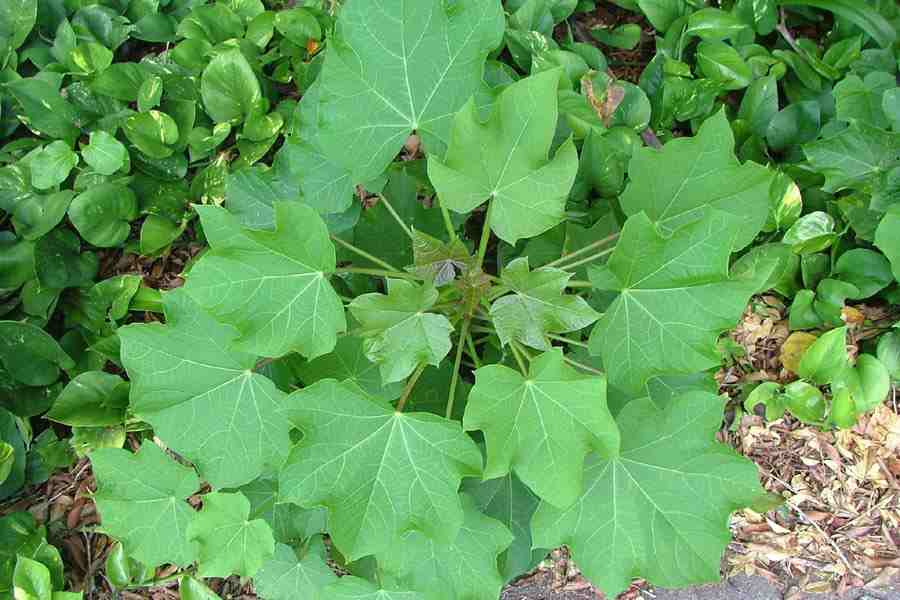Pests Of Jatropha
페이지 정보
작성자 Winston 댓글 0건 조회 0회 작성일 25-01-12 15:42본문

Jatropha Curcas is acquiring importance commercially as the need of fossil fuels increases tremendously and also Jatropha is an eco-friendly energy plantation. Plantation of this plant is considered to be an exceptional fuel alternative and it is also really cost-effective compared to other fuels. Recently, Jatropha is facing some difficulty with insects and diseases. The insects are classified into two ranges: Pest that impact young plants and Pest that impact matured plants.
Young plant bugs: Cutworm, Scarabeid Beetle, Army worm, Grasshopper.
Agrotis ipsilon: It is typically called Cut worm. This pest impacts the seedlings and young Jatropha plants. If the plant is impacted by the cutworm, the stem gets cut nearer to the soil surface and this will shrunk the plant completely.
Control: This bug can be managed by selecting the larva found around the plants or by mixing the bran, sawdust with insecticides.
Scarabaeid Beetle: This pest destroys the root of the young plant. Initially, the larva consumes the raw materials present in the soil and then concerns the root. The larva attack may eliminate the whole plant.
Control: The plant with good resistance power can get rid of the insect. For heavy attack, insecticides with parts carbosulfan and carbofuran can be utilized to kill the bug.
Army worm: Spodoptera litura existence can be identified by biting in the leaves. The severe infection could totally kill the plants.
Control: Insecticides are used to control the pests.
Grasshopper: This is common pest discovered in numerous plants. Valanga nigricornis and Locusta migratoria commonly assaults the plant. The pest often attacks the young plant.
Control: The insecticides used betacyfluthrin, cypermethrin, thiodicarb, MIPC, and fipronil.
Pest observed in fully grown plants:
Pest of Stem: Ostrinia furnacalis, Xyleborus spp.
Ostrinia furnacalis and Xyleborus: This insect damages the Jatropha stem and it is extensively seen in Indonesia. The stem attacked by this pest usually fall down. The presence can be recognized by the larva penetration hole at the stem.
Control: The Insecticide normally utilized to control this bug is carbofuran.
Pest of leaf: The common pests observed are leaf caterpillar, Neetle caterpillar, Leaf hopper, Mite, Ear corn .
Leaf Caterpillar: This insect can eat all the leaves of the plant in short duration. The quality and yield of the seeds get minimized due to the heavy attack.
Control: This can be managed by picking the old larvae around the surface area and discarding the attacked leaves.
Needle Caterpillar: This caterpillar is covered with spines and produces a burning sensation when allowed to exposure to skin as it produces particular chemical substance. Initially the insect crowded in the leaf and then spread all over the plant when it gets older.
Control: Manually, the pest can be killed just by soaking it in water or kerosene. The heavy attack can be controlled by spraying organophosphate insecticides.
Leaf Hopper: This pest is found mostly in tropical and subtropical areas. The pest targets the leaf and sucks all the nutrients of the leaf and gets curls at the idea. Later, the entire leaf dry and pass away.
Control: The heavy attack can be controlled by utilizing insecticides like imidachloprid, beta cyfluthrin or carbosulfan.
Mite: Mite likewise assaults the leaf and makes the entire plant weak. The bug existence can be determined when the leaf ended up being yellowish, diminishes, turns red and fall down. The bug can also be spread out through fallen leaves.
Control: Some preventive steps can be done like correct sanitation and burning the fallen leaves. Heavy attack can be treated by spraying insecticides.
Some awful insect which attacks flower and fruit are, Stink bug (Nezara viridula)
Chrysocoris javanus, Tip borer caterpillar.
Stink Bug: Sting bug is a major insect which assaults the plant during bloom duration so the crop yield entirely falls down. This pest is seen around the tropical region.
The toxic enzyme in the plant shrinks the whole plant.
Control: Insecticides suggested for this bug is chlorfluazuron, diflubenzuron, alfamethrin, and lamda cyhalothrin.
Tip borer caterpillar: The pests frequently happens attacks the plant in flowering season and this bug is seen extensively in tropical areas. The female bug laid the eggs on the tender part of the plant and the young larvae feed the young fruits and plant tips.
Control: Manually, the attacked seeds are suggested to burn. The insecticides like monocrotophos and bensultap are sprayed at the flowering season.

